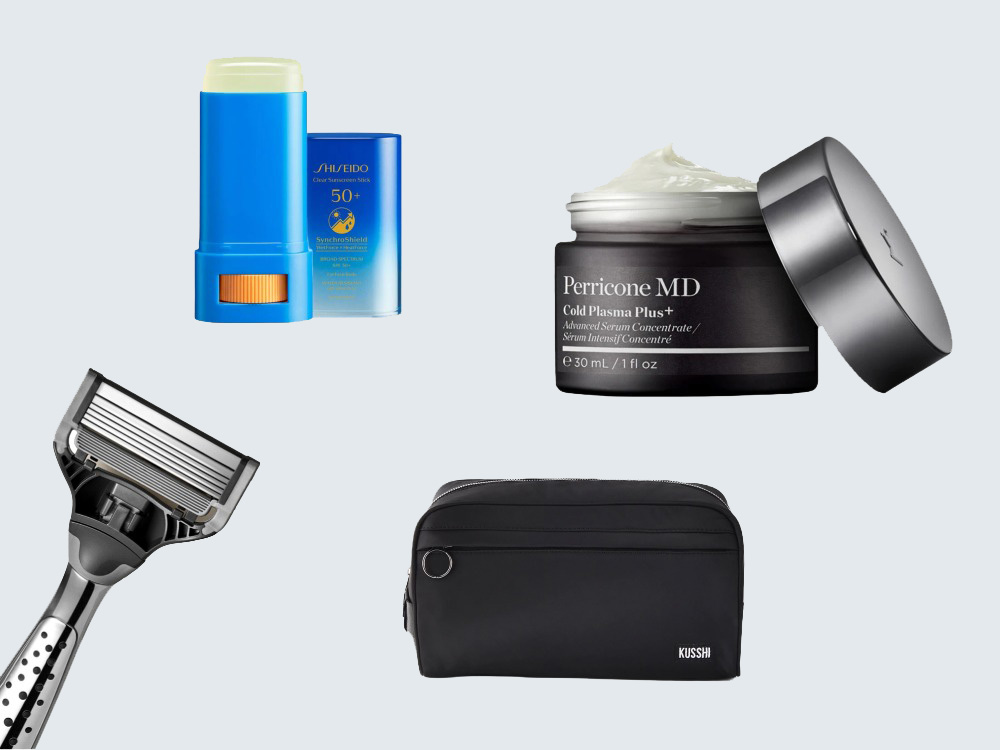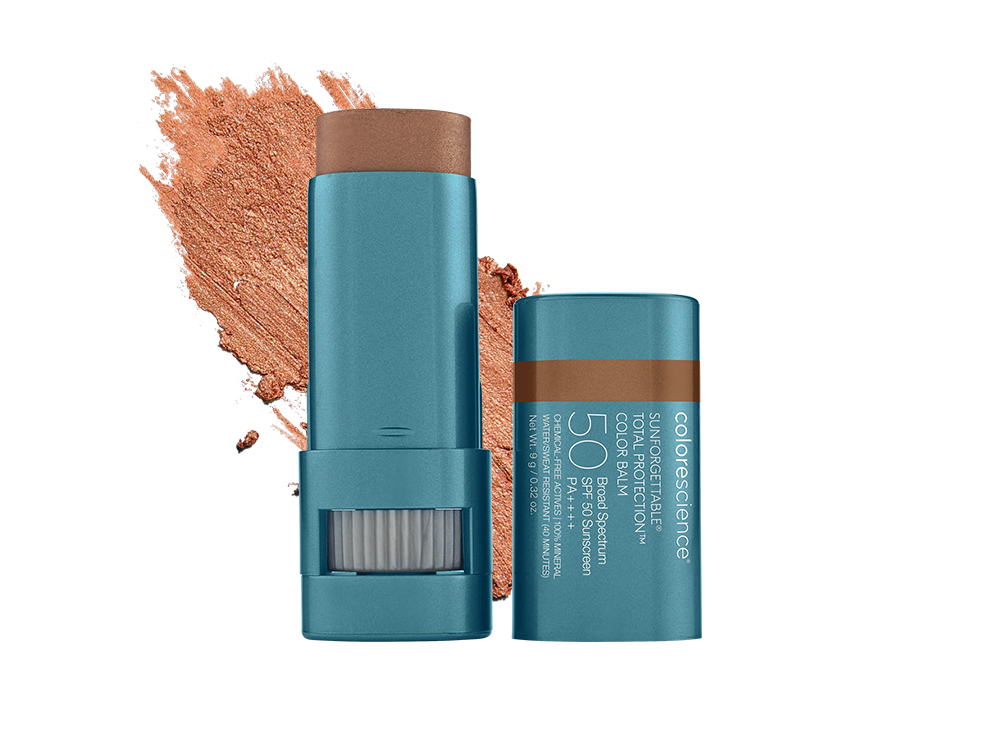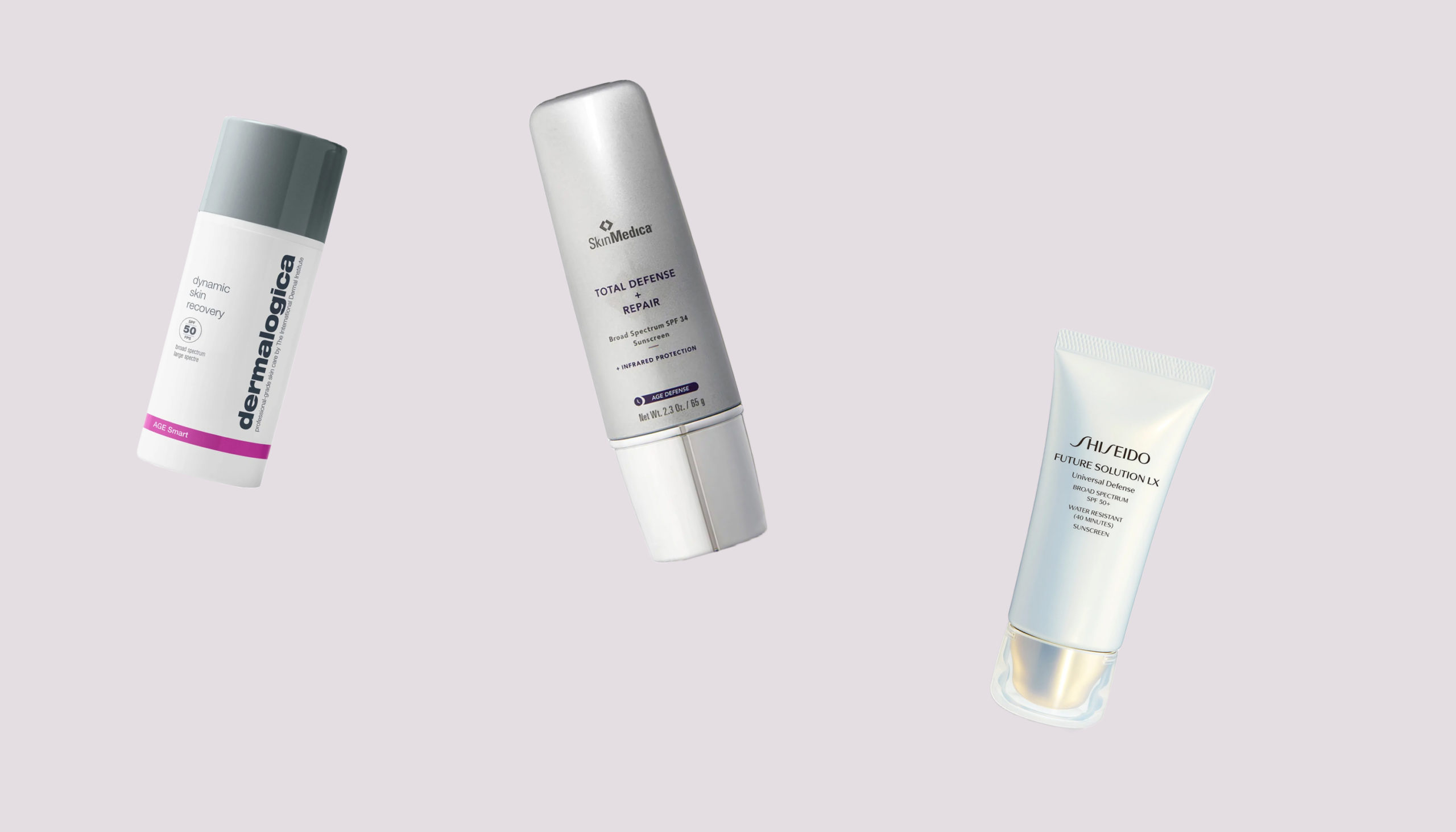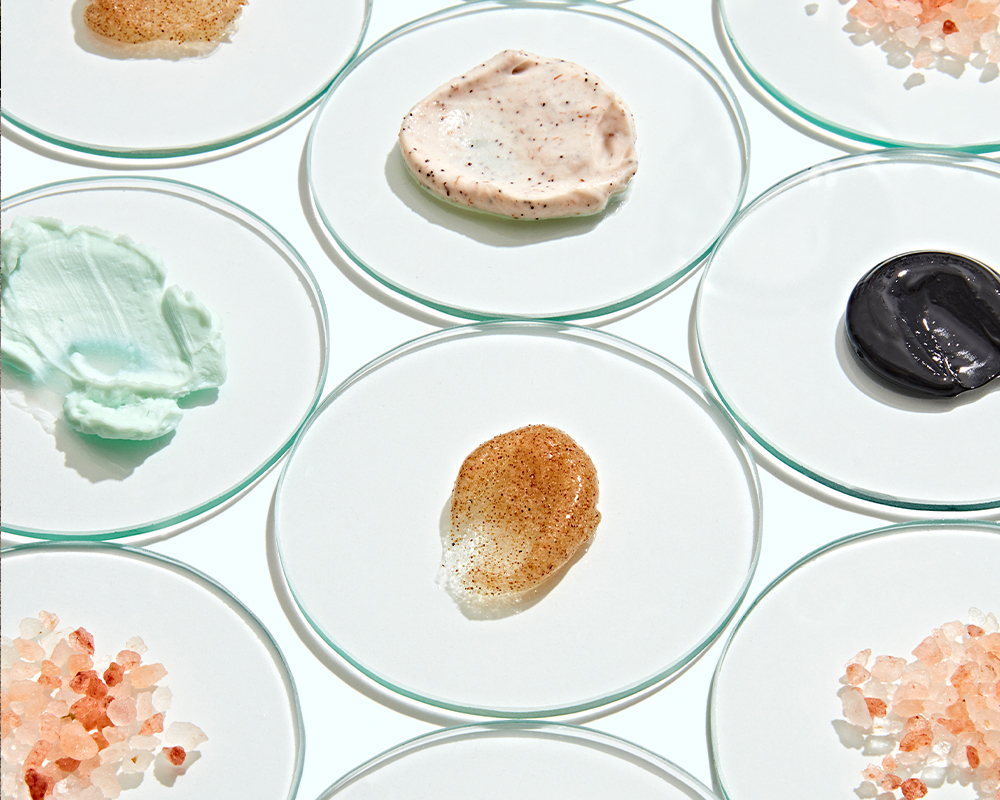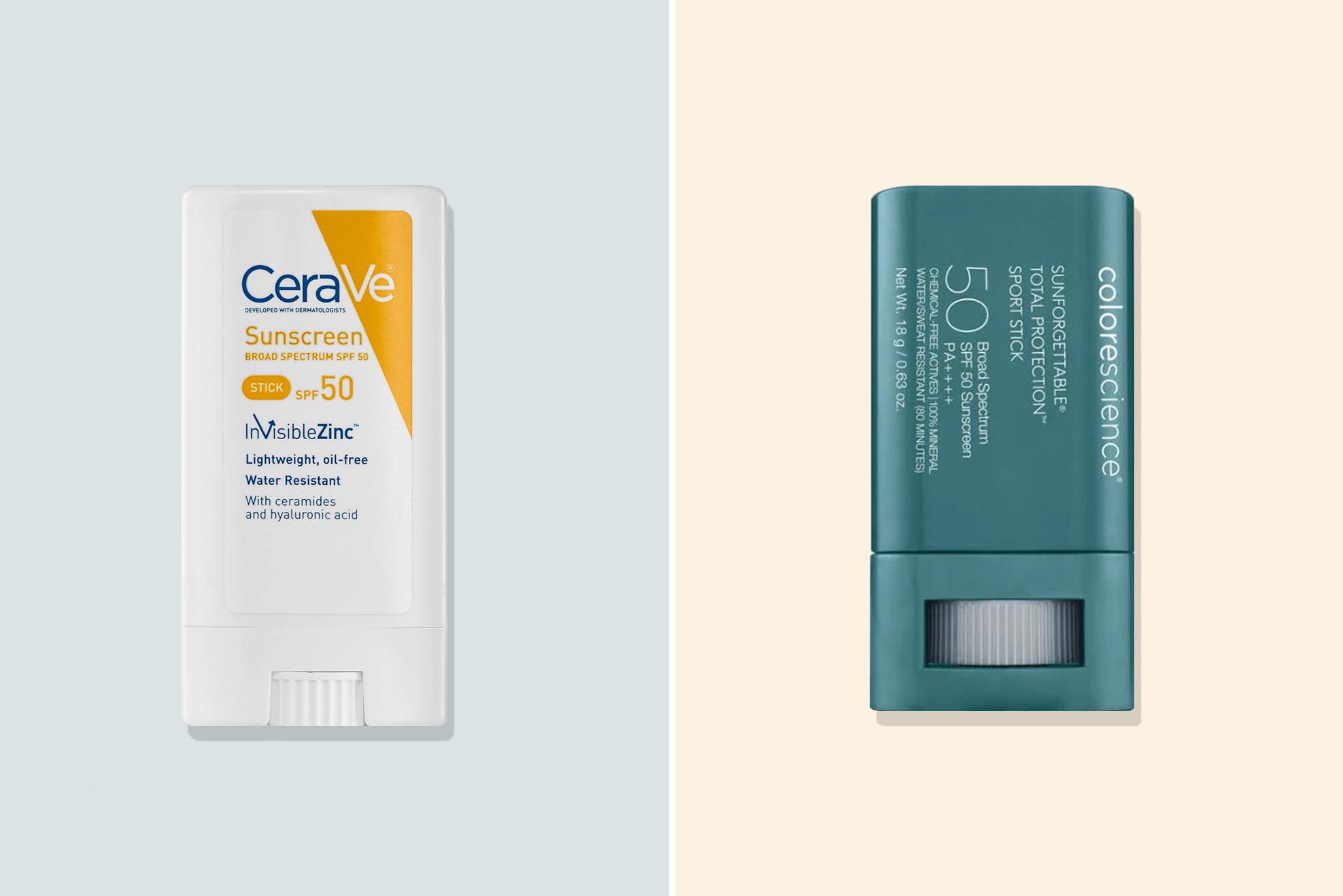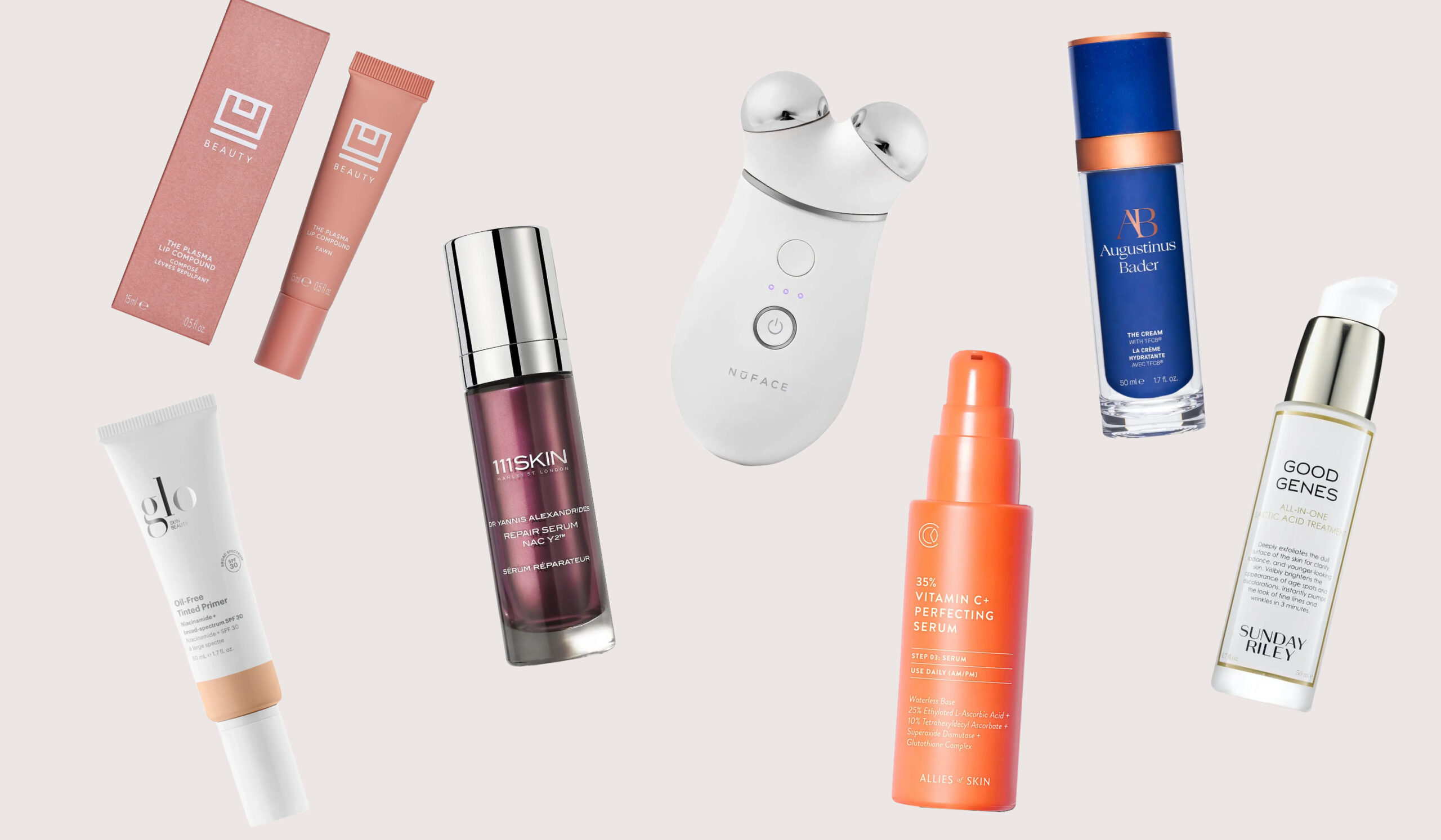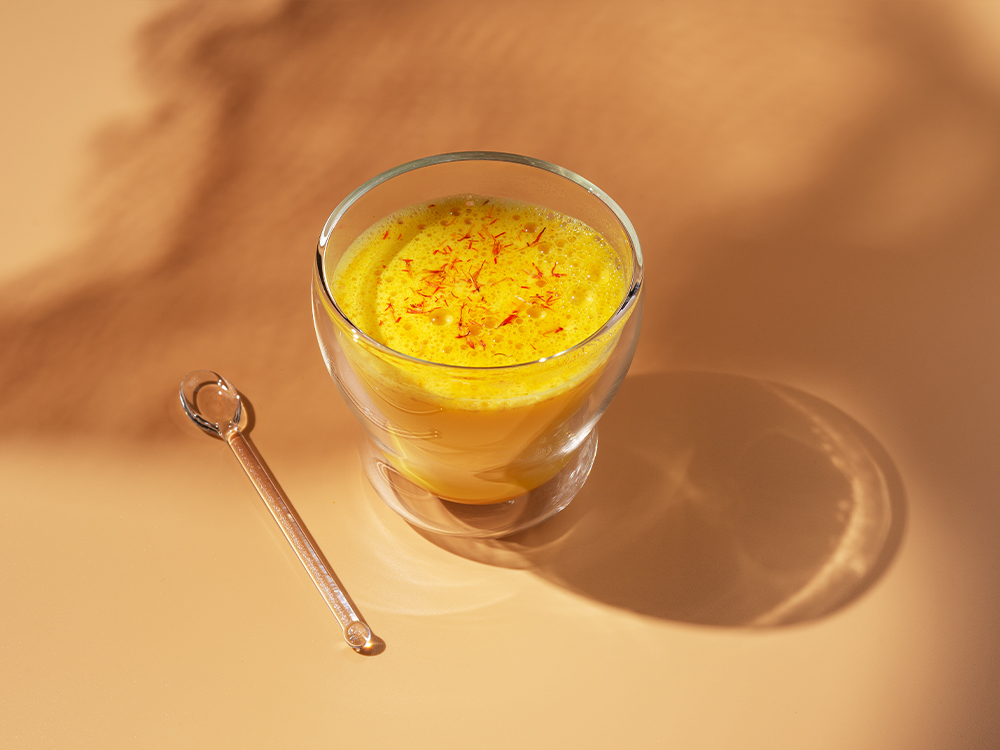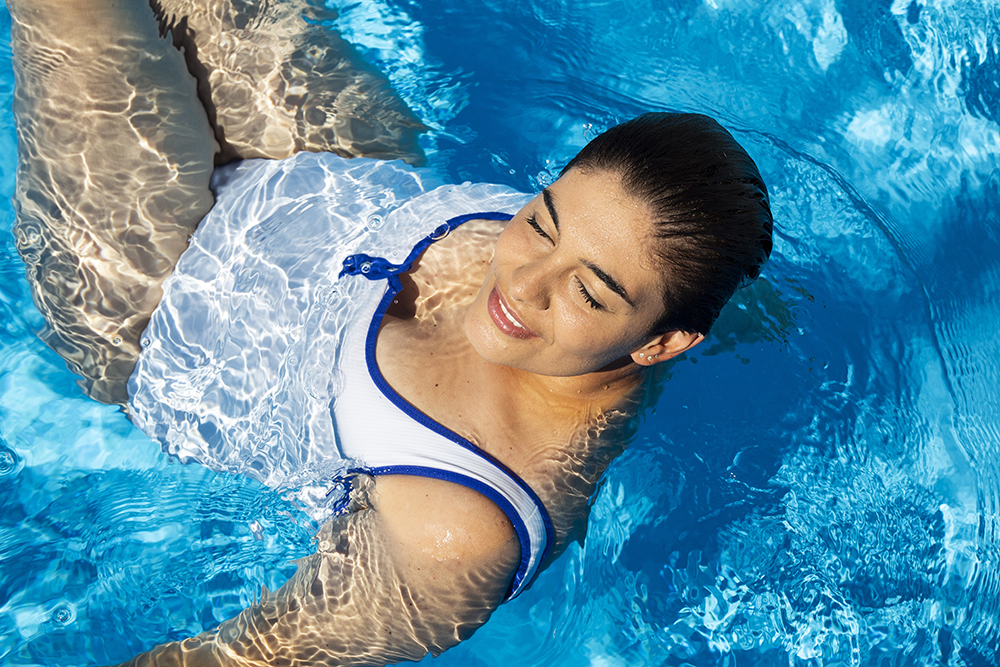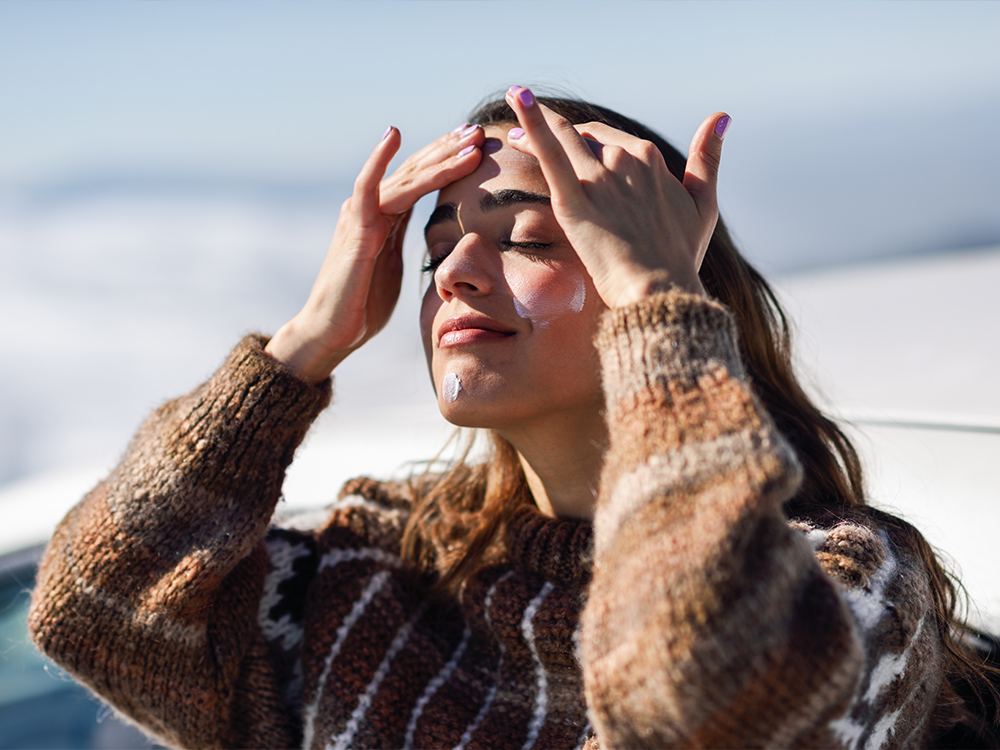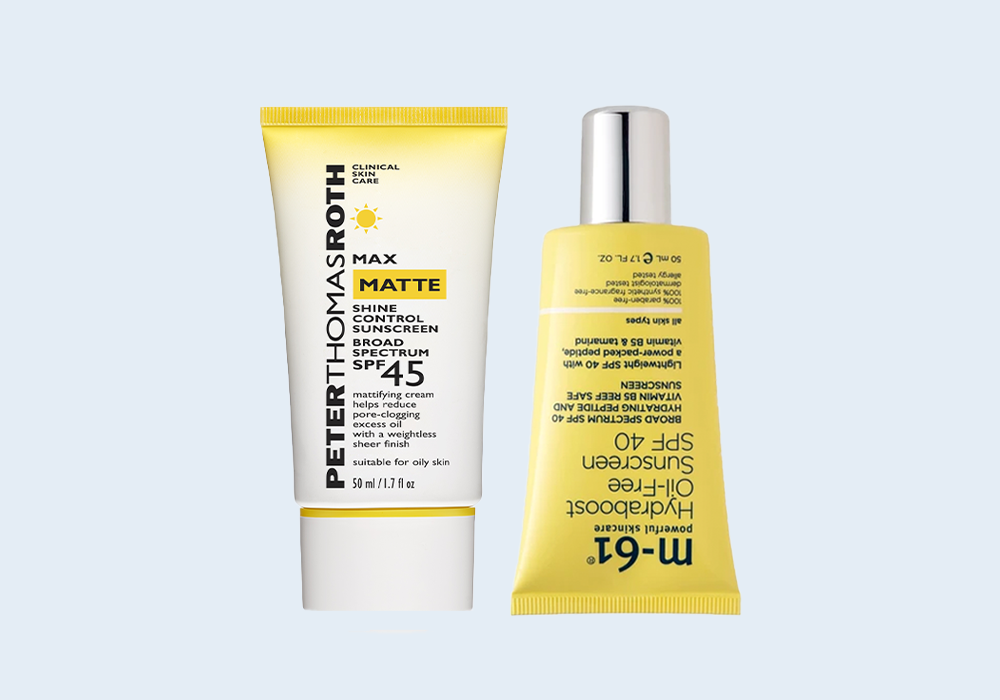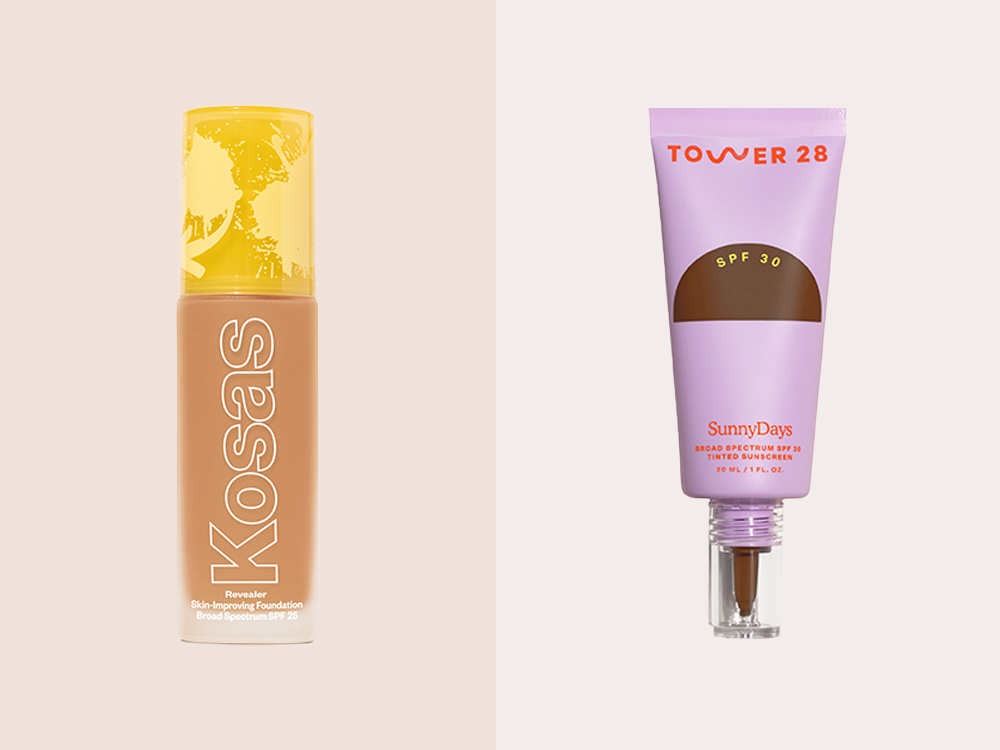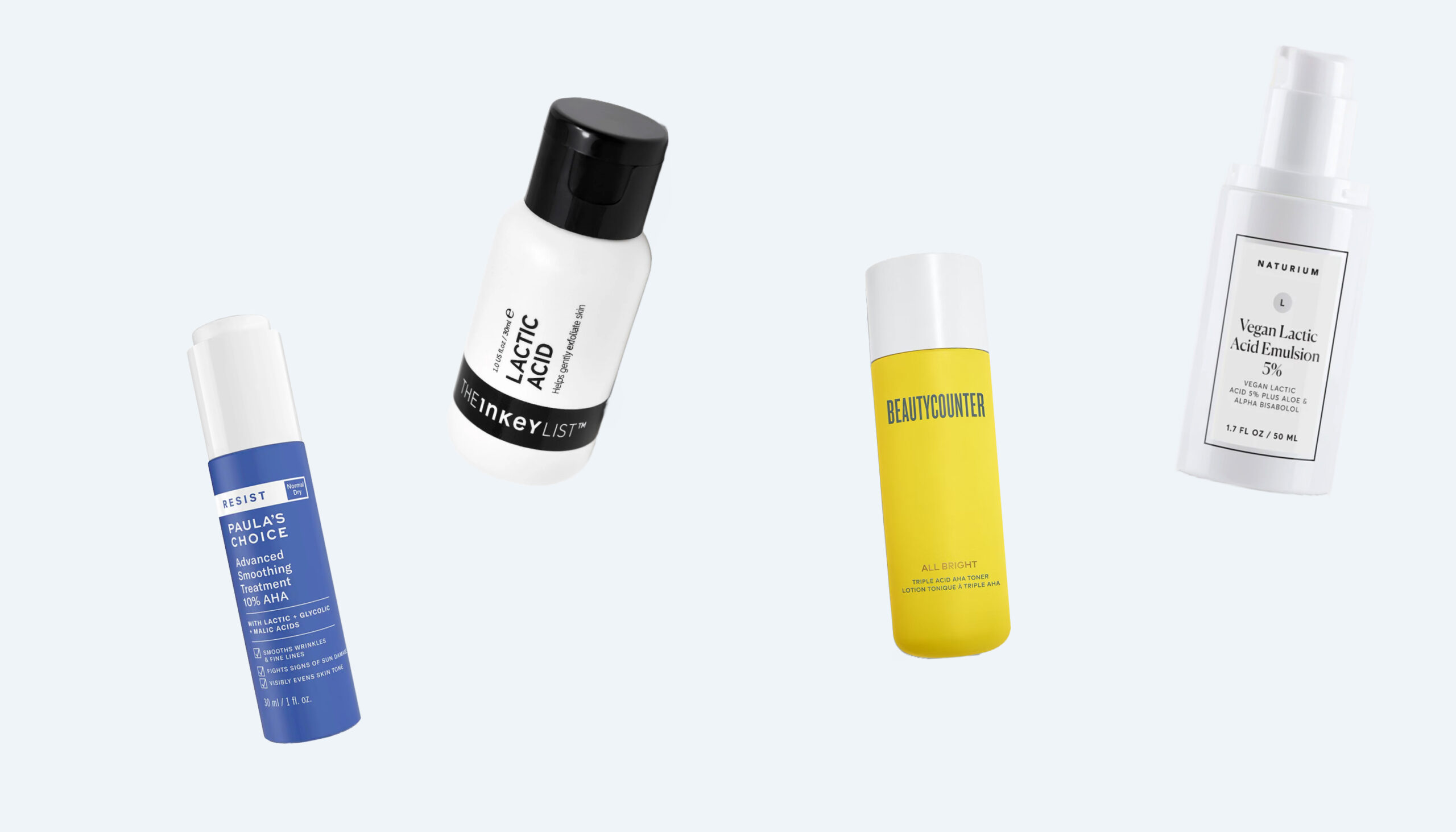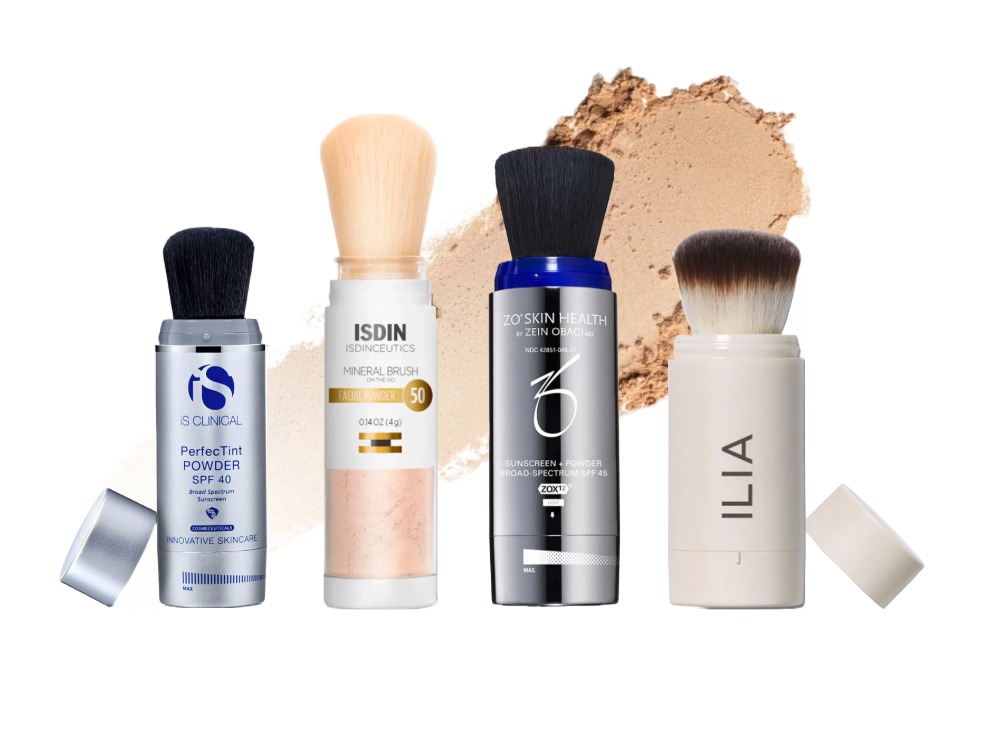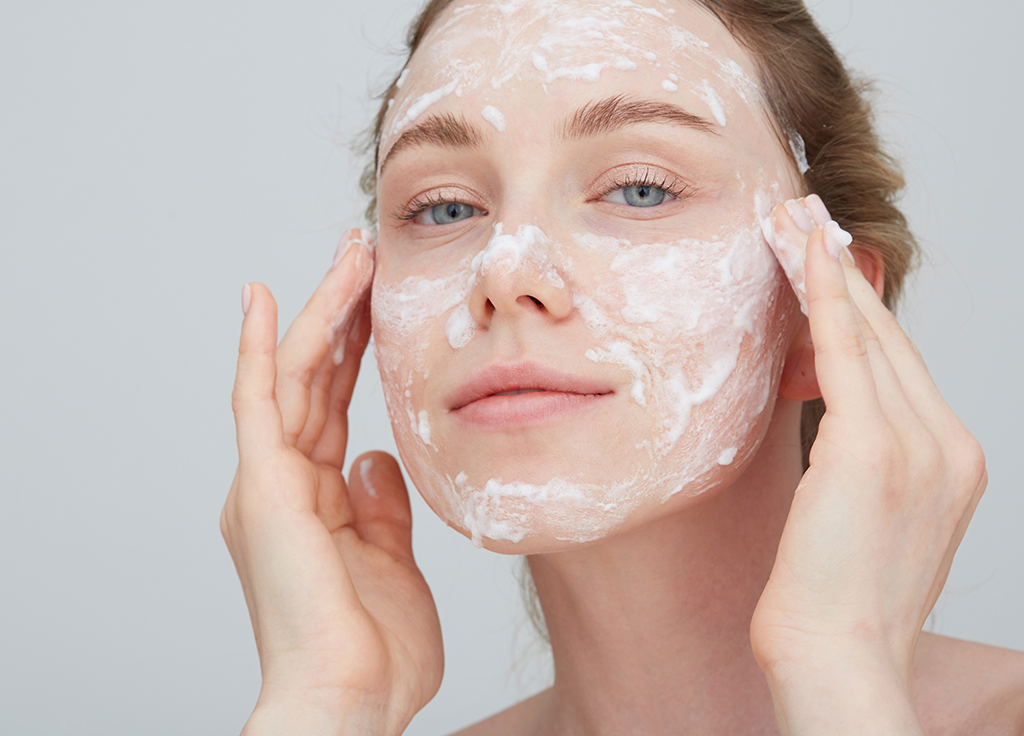It’s fairly common knowledge that using retinol or taking Accutane can make our skin more sensitive to the sun, making it especially imperative to protect ourselves with sunscreen and shade. However, did you know other medications like birth control, Aspirin, blood pressure medications and more can also cause skin to be photosensitive? Common skin-care ingredients like lactic acid and essential oils could also be culprits. Be sure to talk about the risk of photosensitivity with your doctor when it comes to any new medication or skin-care products you start. If you have photosensitive skin, there are ways to protect it from damage.
What Is Photosensitivity?
“Photosensitivity refers to an increased sensitivity or reactivity of the skin to sunlight or other sources of ultraviolet (UV) radiation. When someone is photosensitive, their skin is more susceptible to damage from UV rays,” explains New York dermatologist Julie Russak, MD. Photosensitizing agents absorb UV rays leading to their activation and chemical reactions, says New York dermatologist Elaine Kung, MD.
The 2 Types of Photosensitivity
Photosensitivity can be divided into two categories: phototoxic and photoallergic reactions. “Phototoxic reactions are more common and typically happen more immediately, with the main differentiator being that they typically only occur in areas exposed to light. Photoallergic reactions are less common and can occur up to a week or two later and can spread beyond the area that is exposed,” Fort Lauderdale, FL dermatologist Dr. Matthew Elias.
Dr. Kung explains that phototoxic reactions are dose-dependent on the drug and UV exposure. “Reactive oxygen species are formed that cause tissue damage. Hence, phototoxic reactions appear like an ‘exaggerated sunburn’ with redness and swelling that can occur immediately or days after exposure,” she says. On the other hand, photoallergic reactions happen when the “photosensitizer is converted into a bioactive chromophore by UV rays that can set off an immunological response,” explains Dr. Kung. “Photoallergic reactions are characterized by a slow crescendo of a delayed hypersensitivity reaction.” It may appear more like eczema in the exposed areas than sunburn.
The Dangers of Getting Too Much Sun With Photosensitive Skin
Photosensitivity can “increase the chances of sunburn and the development of sunburn cells, which can increase the risk of skin cancer in the long term and post-inflammatory pigmentation (brown discoloration) in the short term,” says Dr. Russak. According to Dr. Elias too much sun while photosensitive can also result in a rash that resembles a sunburn with blisters and peeling.
Common Medications That Can Cause Photosensitivity
Dr. Kung says photosensitivity is often under-reported by patients and physicians, still close to 400 medications are reported to have effects. “Some of these medications are actually taken commonly by the general public like anti-inflammatory agents, antibiotics, antidepressants, and medications for high blood pressure, regulating heart rate, high cholesterol and diabetes,” she says. “Even birth control pills and Viagra are on this list of potential culprits that can cause photosensitive reactions!”
Dr. Elias says antibiotics like “tetracyclines such as doxycycline or minocycline. Blood pressure medications like hydrochlorothiazide and OTC NSAIDS like Aspirin, Motrin, Ibuprofen, Aleve, etc. are other potential causes of photosensitivity.” Surprisingly, even to Dr. Kung, medications like hydrocortisone and Benadryl have been reported to cause photosensitive rashes. “Unfortunately, phototoxicity can be another side effect of some anti-cancer medications.”
Oral acne medications, such as Accutane are also known to increase photosensitivity, says Dr. Russak. Additionally, certain diuretics can increase the skin’s sensitivity to UV rays. “Some antidepressant and antipsychotic medications, including tricyclic antidepressants and phenothiazines, can also heighten photosensitivity,” warns Dr. Russak.
Common Skin-Care Ingredients That Can Cause Photosensitivity
The most commonly called out skin-care ingredient that causes photosensitivity is prescription retinoids and their OTC derivatives, which is why when using retinol it’s mandatory to apply sunscreen daily. Many of the hardworking skin-care ingredients that help clear and enhance our skin can also make it a magnet for sun damage if we’re not careful.
“Alpha Hydroxy Acids (AHAs) such as glycolic acid and lactic acid, are popular ingredients in exfoliating and anti-aging products. While they work wonders for renewing the skin’s surface, they can also increase photosensitivity,” says Dr. Russak. While acne-fighting benzoyl peroxide is highly effective at combating breakouts it can increase photosensitivity, notes Dr. Russak. “Hydroquinone is a popular skin-lightening ingredient used to address hyperpigmentation and dark spots, but it can actually do the reverse if you don’t protect yourself from the sun,” she says.
One of the most surprising ingredients that can cause photosensitivity is essential oils. “Certain essential oils, such as bergamot oil, lemon oil, and lime oil, are known to have phototoxic properties. These oils, when applied to the skin and exposed to sunlight, can cause adverse reactions like redness and inflammation,” says Dr. Russak.
Common Foods That Could be Photosensitizing
“Besides medications, some plants, fruits and herbs can also be photosensitizing agents causing a rash called phytophotodermatitis,” warns Dr. Kung. “The sap of the fruits and plants have a photosensitizing chemical called furocoumarins, which can cause sunburn-like changes when there’s sun exposure.” She notes that limes are the biggest offenders because they’re often found in summer beverages and foods. Phytodermatitis by lime has been nicknamed “margarita burn.” Dr. Kung says many of her patients experience this on trips to Mexico.
“Besides lime, other citrus fruits, carrots, parsnips, parsley, dill and fig can cause this problem too,” says Dr. Kung. “Therefore, it’s important to wash your hands if you touch these foods and ingredients when you are out in the sun.”
Protecting Photosensitive Skin
“In cases where the medication is indispensable to the patient, phototoxic effects can be minimized or prevented by dose reduction of either the medication or sun exposure,” says Dr. Kung. When it comes to photoallergies specifically “complete avoidance is necessary because the agent sets off an immunology cascade. Logically, photoprotection…is not supplemental but necessary.”
Dr. Elias and Dr. Russak recommend avoiding the sun during peak hours—staying inside, wearing UPF clothing and seeking shade or putting up an umbrella. They also say good sunscreen with 30 SPF or over is a must. Additionally, between 10 AM and 4 PM “Wear tightly woven, loose-fitting clothing that covers as much skin as possible. Choose wide-brimmed hats and sunglasses with UV protection,” suggests Dr. Russak. She also urges staying away from artificial sources of UV radiation like tanning beds. Something as easy as drinking more water can help keep skin hydrated and healthy as well, says Dr. Russak.
It’s super important to “Perform regular self-examinations of the skin and look for any changes in moles, spots, or skin lesions. Report any concerns to a healthcare professional,” says Dr. Russak. Also, be sure to get a yearly skin check from a board-certified dermatologist.
